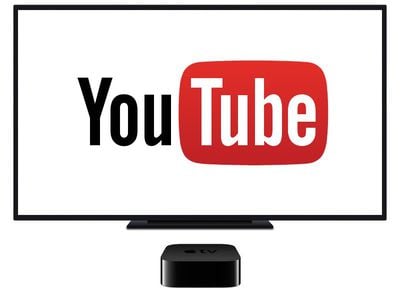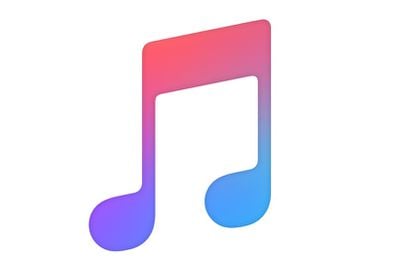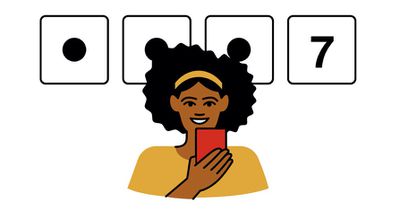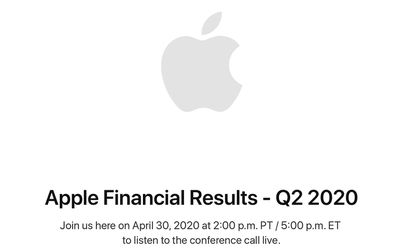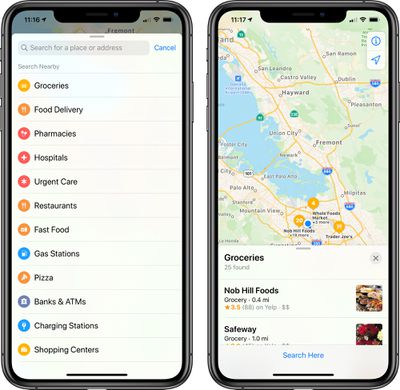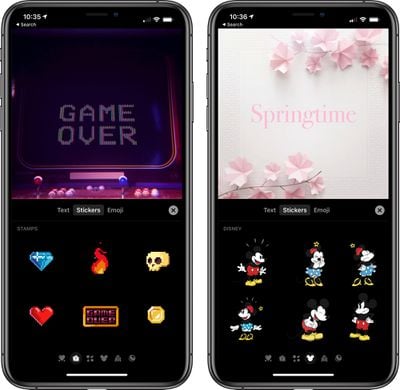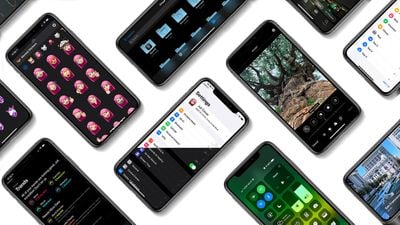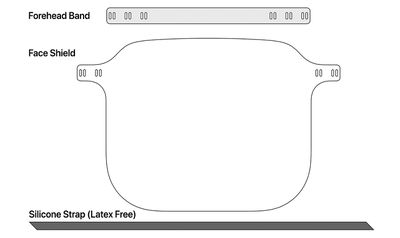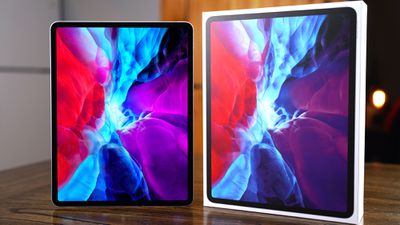Amid the current work-from-home restrictions in place throughout the United States and other countries, tech companies are grappling with how their summer internship programs will work, and Axios has rounded up statements from a number of the largest employers to see what their plans are.

Summer internship programs are important for both interns and the companies, as they provide valuable experience and contacts for students while companies can use them for recruiting purposes as they later look to bring some of those interns into full-time roles.
While some companies are moving their internship programs online, Apple told Axios that it is currently planning a mix of online and in-person opportunities and is looking to bring on over 1,000 interns this summer.
Apple, which told Axios it plans to hire more than 1,000 people for a mix of online and in-person internships and pledged in a statement to "extend to our interns the same precautions and care that we're extending to all our other personnel as a part of the ongoing COVID-19 response."
With universities and businesses still largely shut down, however, the situation remains fluid and it remains to be seen what types of activities will be permitted or appear reasonable a month or two from now.



 Note: MacRumors is an affiliate partner with Amazon. When you click a link and make a purchase, we may receive a small payment, which helps us keep the site running.
Note: MacRumors is an affiliate partner with Amazon. When you click a link and make a purchase, we may receive a small payment, which helps us keep the site running.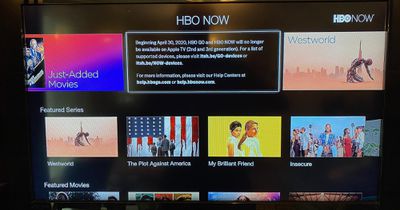
 Note: MacRumors is an affiliate partner with Nomad. When you click a link and make a purchase, we may receive a small payment, which helps us keep the site running.
Note: MacRumors is an affiliate partner with Nomad. When you click a link and make a purchase, we may receive a small payment, which helps us keep the site running.

